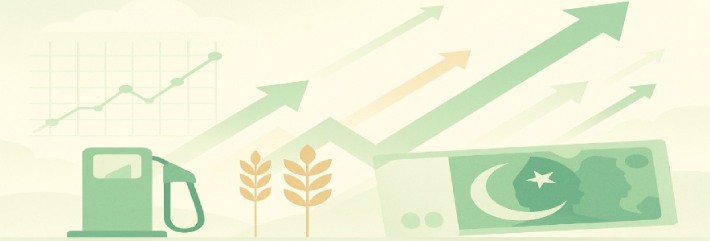
Understanding the Causes of Inflation
Inflation in Pakistan has skyrocketed, and people are starting to experience its effects. Prices of necessities like food, gas, and electricity are rising faster than expected, and financial pressure is real. According to specialists, the rise will be affected by both internal and external factors.
A significant factor is the depreciation of the Pakistani rupee, which raises the costs of foreign goods. Fuel is one of the most volatile and unpredictable sectors within the global oil market. It is also a significant determinant of transport and production costs. Geographically, the South Asian monsoons are often linked to seasonal floods and, more recently, certain floods have caused the cascading effect of a negative supply shock due to which some staple goods attain higher prices.
These prices might be viewed as the result of reckless government polices such as lifting interest rate caps and removing subsidies. What is the value of money in a world where life becomes increasingly difficult? Also, it is worth mentioning that the self-reinforcing inflation mechanism has many adverse effects. It is customary for businesses to undertake price preemption when prices are believed to increase.
It is evident that families feel the pressure of high inflation as they have to pay more for groceries. Commuters are also suffering as it takes more money for them to fill their tanks. All the while savings are continuously losing purchasing power. Analysts argue that the ideal path to curb inflation is to find a balance in government spending, focus aid programs on basic needs only and increase the output of locally made products.